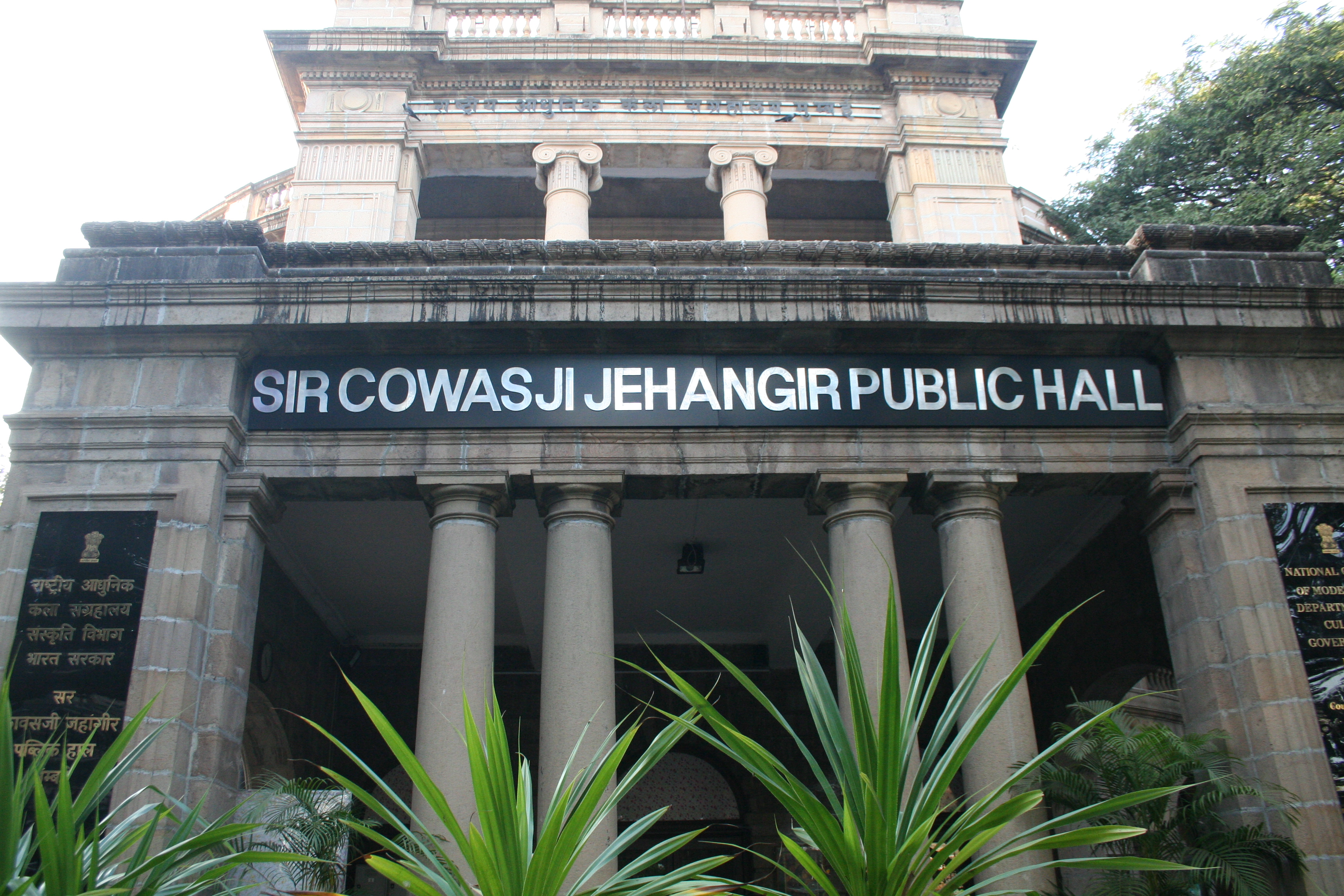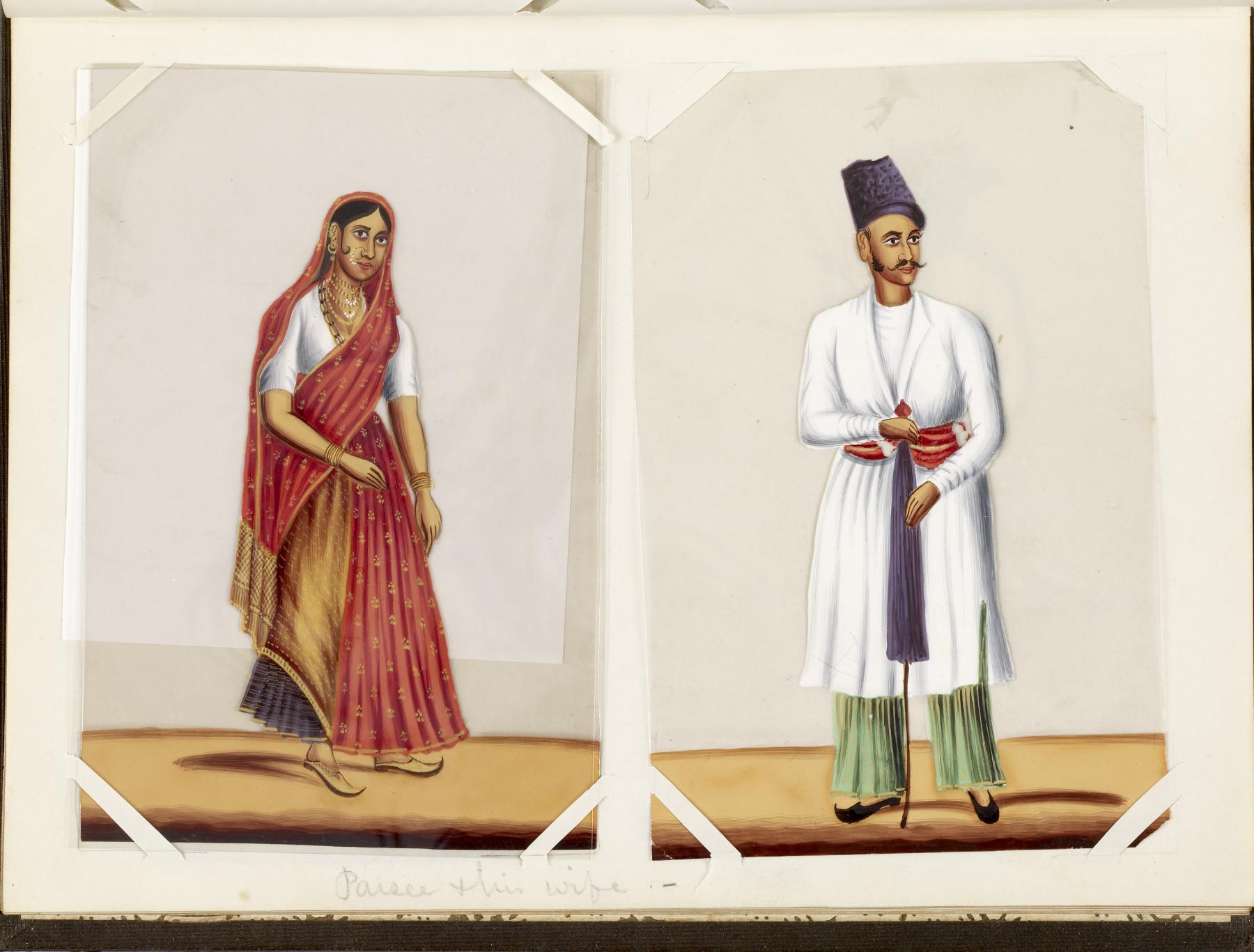|
Sir Cowasji Jehangir, 2nd Baronet
Sir Cowasji Jehangir, 2nd Baronet, (16 February 1879 – 17 October 1962) was a prominent member of the Bombay Parsi community. He was the son of Sir Jehangir Cowasji Jehangir Readymoney, 1st Bt. (1853–1934) and grand-nephew of Sir Cowasji Jehangir ''Readymoney'' (1812–1878). He was educated at St John's College, Cambridge. Cowasji Jehangir campaigned for a prominent role for the Parsi Zoroastrian community in independent India. He had become a member of the "Western India National Liberation Federation", at its founding in 1919, and was elected its president in 1936 and 1937. He was also active in the reactionary "Parsee Central Committee", which was critical of Congress Parsis like Dadabhai Naoroji and Pherozeshah Mehta. At the second "Round Table Conference" in London during 1930–1932, where the framework for the political and constitutional future of India was laid down, he was one of the three political "liberals" to represent the Parsi community. To the Minoritie ... [...More Info...] [...Related Items...] OR: [Wikipedia] [Google] [Baidu] |
Order Of The British Empire
The Most Excellent Order of the British Empire is a British order of chivalry, rewarding contributions to the arts and sciences, work with charitable and welfare organisations, and public service outside the civil service. It was established on 4 June 1917 by King George V and comprises five classes across both civil and military divisions, the most senior two of which make the recipient either a knight if male or dame if female. There is also the related British Empire Medal, whose recipients are affiliated with, but not members of, the order. Recommendations for appointments to the Order of the British Empire were originally made on the nomination of the United Kingdom, the self-governing Dominions of the Empire (later Commonwealth) and the Viceroy of India. Nominations continue today from Commonwealth countries that participate in recommending British honours. Most Commonwealth countries ceased recommendations for appointments to the Order of the British Empire when they ... [...More Info...] [...Related Items...] OR: [Wikipedia] [Google] [Baidu] |
Cowasji Jehangir Hall
The Cowasji Jehangir Hall is a museum of modern art and was part of the Institute of Science prior to 1996. The hall was built in 1911 by George Wittet and funded by Cowasji Jehangir. It is located in Colaba area of Mumbai, India. History In 1911, Cowasji Jehangir Hall was constructed, named after Sir Cowasji Jehangir because major part of funding was done by him, while the rest of the funds were given by another two philanthropists of Mumbai, Sir Jacob Sassoon and Sir Currimbhoy Ibrahim. In the initial days, this was the only Hall available at Colaba area and the Hall was busy and well maintained till the 1950s. However, in the later period, new auditoriums were built in Mumbai, which fact made this Hall unsought for, at one point of time this venue came under the threat of different kinds of uses, making art lovers upset. It is at that time that National Art Gallery came in the picture to make it a functional museum. In 1996, the National Gallery of Modern Art, Mumbai ... [...More Info...] [...Related Items...] OR: [Wikipedia] [Google] [Baidu] |
Knights Commander Of The Order Of The Indian Empire
A knight is a person granted an honorary title of knighthood by a head of state (including the Pope) or representative for service to the monarch, the church or the country, especially in a military capacity. Knighthood finds origins in the Greek ''hippeis'' and '' hoplite'' (ἱππεῖς) and Roman '' eques'' and ''centurion'' of classical antiquity. In the Early Middle Ages in Europe, knighthood was conferred upon mounted warriors. During the High Middle Ages, knighthood was considered a class of lower nobility. By the Late Middle Ages, the rank had become associated with the ideals of chivalry, a code of conduct for the perfect courtly Christian warrior. Often, a knight was a vassal who served as an elite fighter or a bodyguard for a lord, with payment in the form of land holdings. The lords trusted the knights, who were skilled in battle on horseback. Knighthood in the Middle Ages was closely linked with horsemanship (and especially the joust) from its origins in th ... [...More Info...] [...Related Items...] OR: [Wikipedia] [Google] [Baidu] |
Knights Grand Cross Of The Order Of The British Empire
A knight is a person granted an honorary title of knighthood by a head of state (including the Pope) or representative for service to the monarch, the church or the country, especially in a military capacity. Knighthood finds origins in the Greek ''hippeis'' and '' hoplite'' (ἱππεῖς) and Roman '' eques'' and '' centurion'' of classical antiquity. In the Early Middle Ages in Europe, knighthood was conferred upon mounted warriors. During the High Middle Ages, knighthood was considered a class of lower nobility. By the Late Middle Ages, the rank had become associated with the ideals of chivalry, a code of conduct for the perfect courtly Christian warrior. Often, a knight was a vassal who served as an elite fighter or a bodyguard for a lord, with payment in the form of land holdings. The lords trusted the knights, who were skilled in battle on horseback. Knighthood in the Middle Ages was closely linked with horsemanship (and especially the joust) from its origins in t ... [...More Info...] [...Related Items...] OR: [Wikipedia] [Google] [Baidu] |
Baronets In The Baronetage Of The United Kingdom
A baronet ( or ; abbreviated Bart or Bt) or the female equivalent, a baronetess (, , or ; abbreviation Btss), is the holder of a baronetcy, a hereditary title awarded by the British Crown. The title of baronet is mentioned as early as the 14th century, however in its current usage was created by James I of England in 1611 as a means of raising funds for the crown. A baronetcy is the only British hereditary honour that is not a peerage, with the exception of the Anglo-Irish Black Knights, White Knights, and Green Knights (of whom only the Green Knights are extant). A baronet is addressed as "Sir" (just as is a knight) or "Dame" in the case of a baronetess, but ranks above all knighthoods and damehoods in the order of precedence, except for the Order of the Garter, the Order of the Thistle, and the dormant Order of St Patrick. Baronets are conventionally seen to belong to the lesser nobility, even though William Thoms claims that: The precise quality of this dignity is ... [...More Info...] [...Related Items...] OR: [Wikipedia] [Google] [Baidu] |
Alumni Of St John's College, Cambridge
Alumni (singular: alumnus (masculine) or alumna (feminine)) are former students of a school, college, or university who have either attended or graduated in some fashion from the institution. The feminine plural alumnae is sometimes used for groups of women. The word is Latin and means "one who is being (or has been) nourished". The term is not synonymous with "graduate"; one can be an alumnus without graduating ( Burt Reynolds, alumnus but not graduate of Florida State, is an example). The term is sometimes used to refer to a former employee or member of an organization, contributor, or inmate. Etymology The Latin noun ''alumnus'' means "foster son" or "pupil". It is derived from PIE ''*h₂el-'' (grow, nourish), and it is a variant of the Latin verb ''alere'' "to nourish".Merriam-Webster: alumnus .. Separate, but from the ... [...More Info...] [...Related Items...] OR: [Wikipedia] [Google] [Baidu] |
Parsi People From Mumbai
Parsis () or Parsees are an ethnoreligious group of the Indian subcontinent adhering to Zoroastrianism. They are descended from Persians who migrated to Medieval India during and after the Arab conquest of Iran (part of the early Muslim conquests) in order to preserve their Zoroastrian identity. The Parsi people comprise the older of the Indian subcontinent's two Zoroastrian communities vis-à-vis the Iranis, whose ancestors migrated to British-ruled India from Qajar-era Iran. According to a 16th-century Parsi epic, ''Qissa-i Sanjan'', Zoroastrian Persians continued to migrate to the Indian subcontinent from Greater Iran in between the 8th and 10th centuries, and ultimately settled in present-day Gujarat after being granted refuge by a local Hindu king. Prior to the 7th-century fall of the Sassanid Empire to the Rashidun Caliphate, the Iranian mainland (historically known as 'Persia') had a Zoroastrian majority, and Zoroastrianism had served as the Iranian state religion ... [...More Info...] [...Related Items...] OR: [Wikipedia] [Google] [Baidu] |
TIFR
Tata Institute of Fundamental Research (TIFR) is a public deemed research university located in Mumbai, India that is dedicated to basic research in mathematics and the sciences. It is a Deemed University and works under the umbrella of the Department of Atomic Energy of the Government of India. It is located at Navy Nagar, Colaba, Mumbai, with a campus in Bangalore, International Centre for Theoretical Sciences (ICTS), and an affiliated campus in Serilingampally near Hyderabad. TIFR conducts research primarily in the natural sciences, mathematics, the biological sciences and theoretical computer science. History In 1944, Homi J. Bhabha, known for his role in the development of the Indian atomic energy programme, wrote to the Sir Dorabji Tata Trust requesting financial assistance to set up a scientific research institute. With support from J.R.D. Tata, then chairman of the Tata Group, TIFR was founded on 1 June 1945, and Homi Bhabha was appointed its first director. The instit ... [...More Info...] [...Related Items...] OR: [Wikipedia] [Google] [Baidu] |
Jehangir Cowasji Jehangir
Nur-ud-Din Muhammad Salim (30 August 1569 – 28 October 1627), known by his imperial name Jahangir (; ), was the fourth Mughal Emperor, who ruled from 1605 until he died in 1627. He was named after the Indian Sufi saint, Salim Chishti. Early life Prince Salim was the third son born to Akbar and his favourite Queen Consort, Mariam-uz-Zamani in Fatehpur Sikri on 30 August 1569. He had two elder brothers, Hassan Mirza and Hussain Mirza, born as twins to his parents in 1564, both of whom died in infancy. Since these children had died in infancy, Akbar sought the blessing of holy men for an heir-apparent to his empire. When Akbar was informed of the news that his chief Hindu wife was expecting a child, an order was passed for the establishment of a royal palace in Sikri near the lodgings of Shaikh Salim Chisti, where the Empress could enjoy the repose being in the vicinity of the revered saint. Mariam was shifted to the palace established there and during her pregnancy, Akbar ... [...More Info...] [...Related Items...] OR: [Wikipedia] [Google] [Baidu] |







